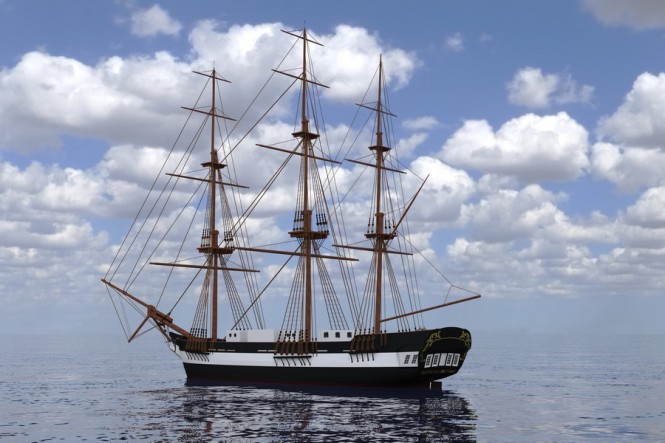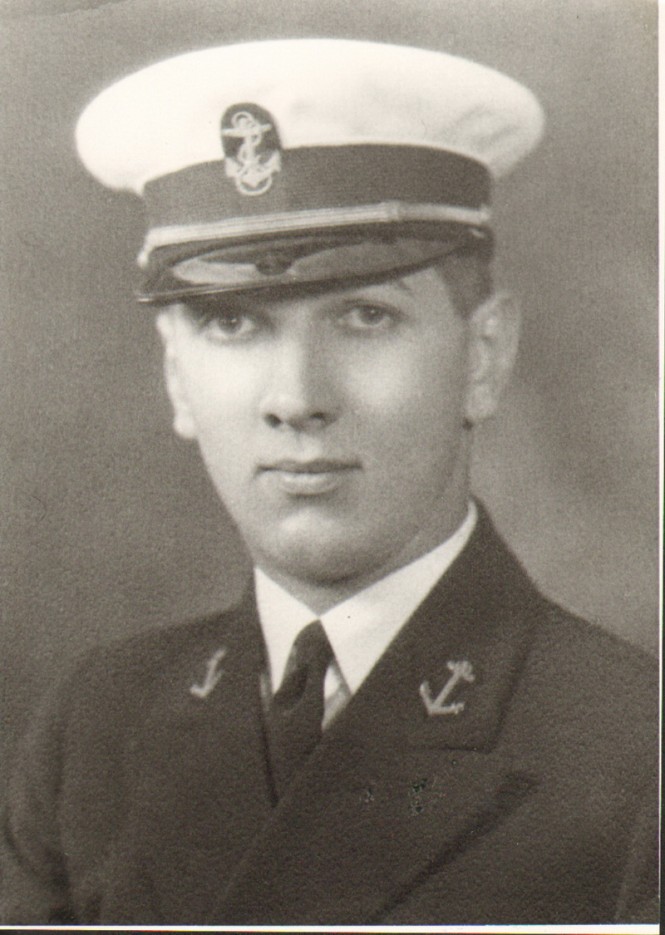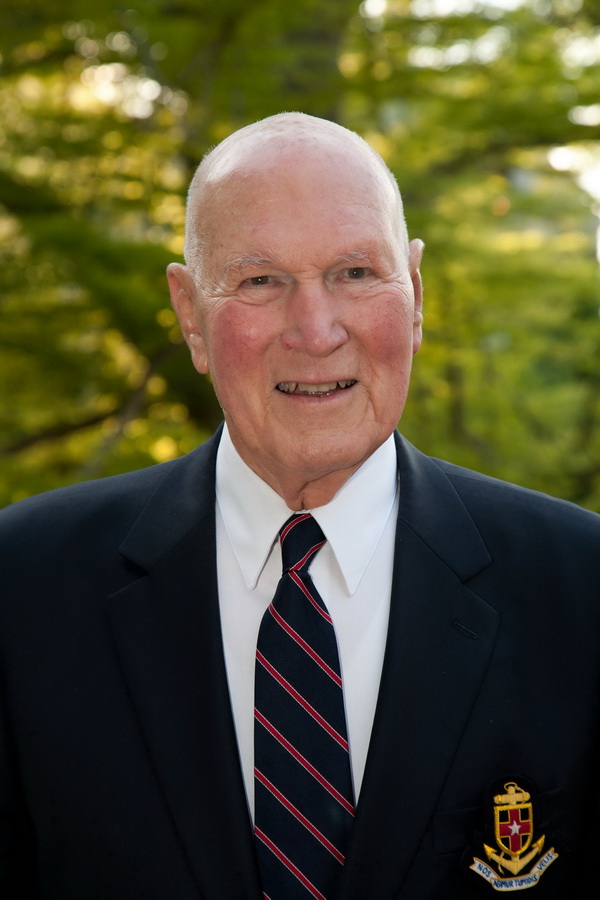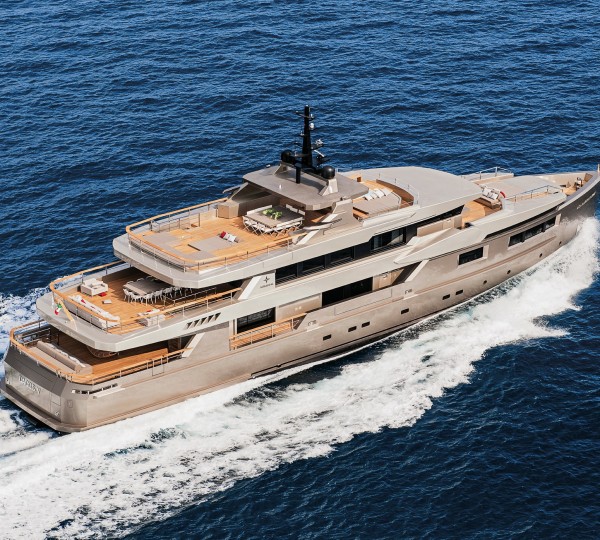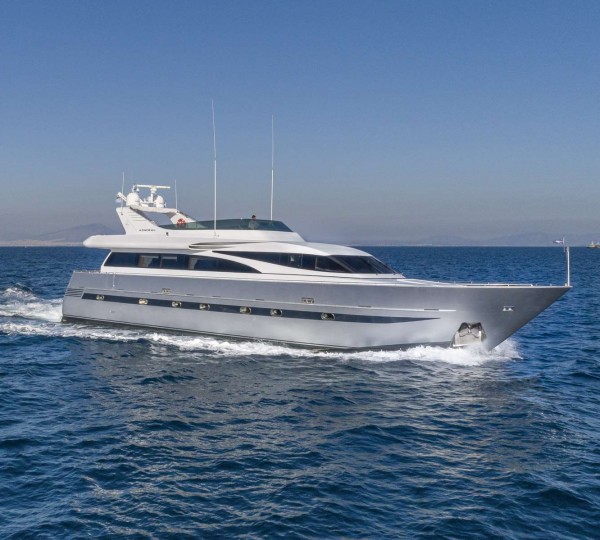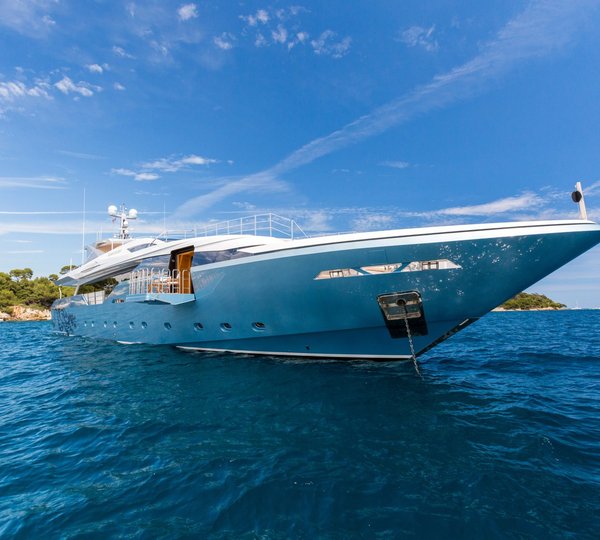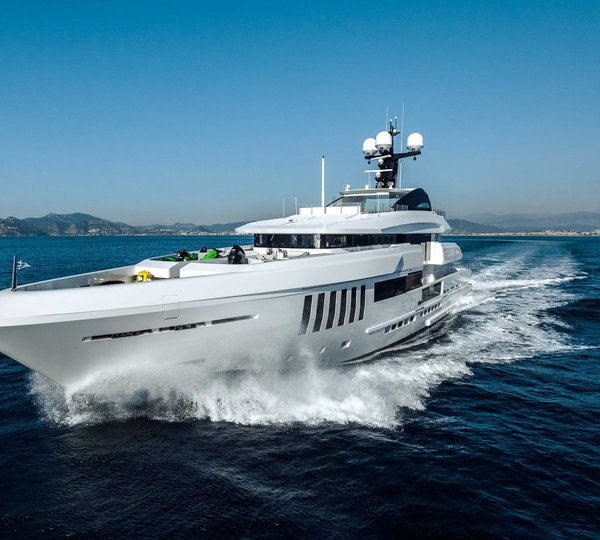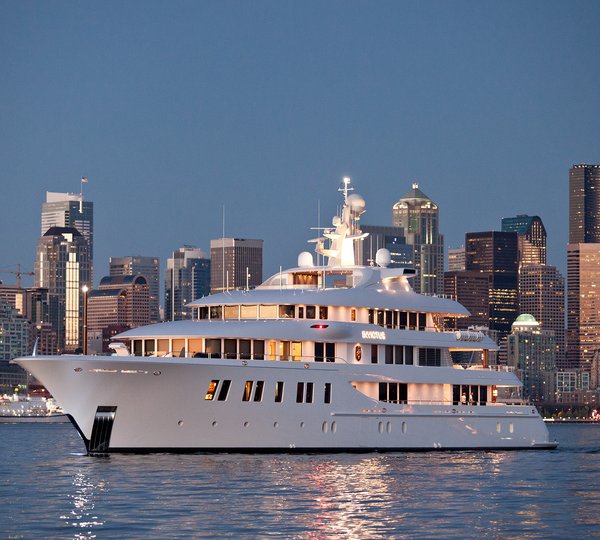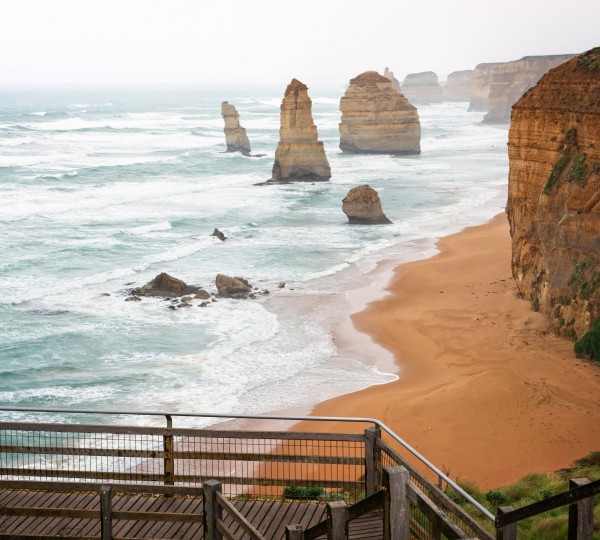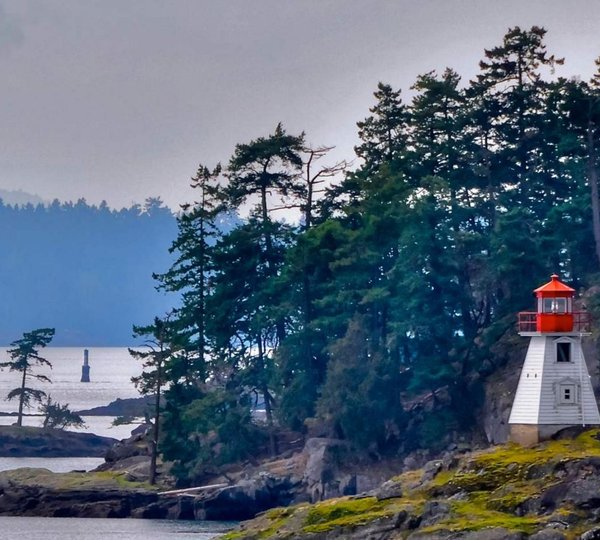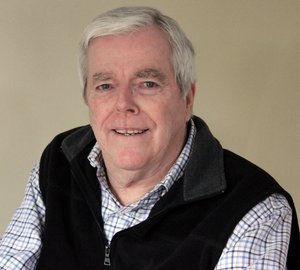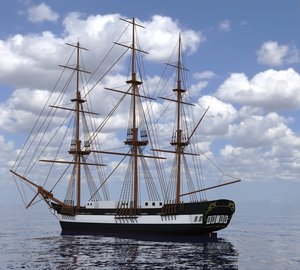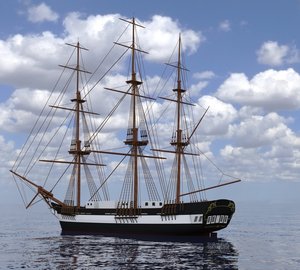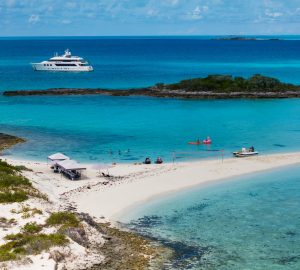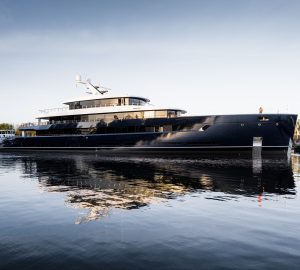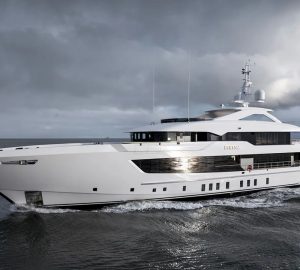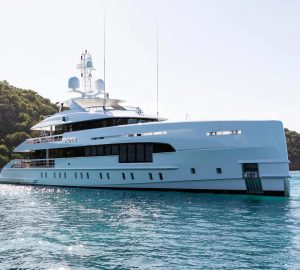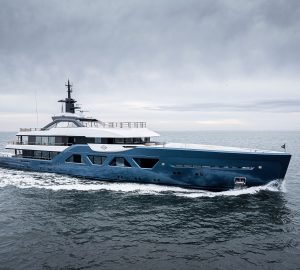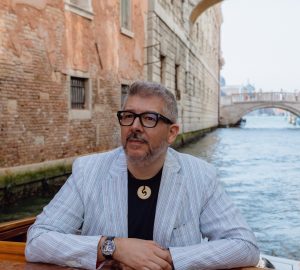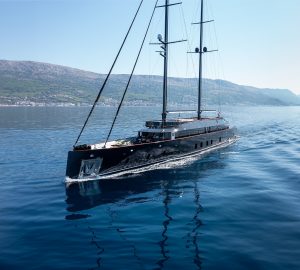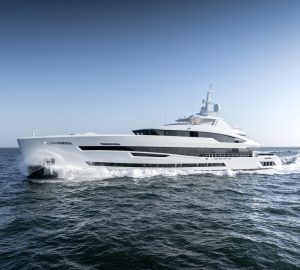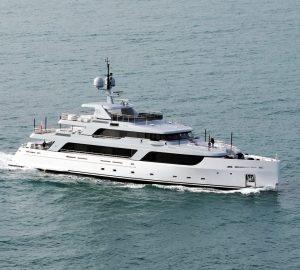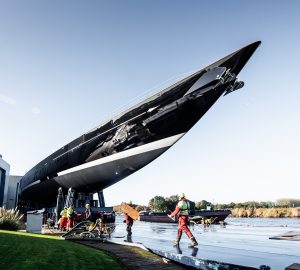Oliver Hazard Perry Rhode Island (OHPRI), the non-profit organization building Rhode Island’s Education at Sea school ship SSV Oliver Hazard Perry, has received a Shipbuilding Syndicate level pledge of $250,000 from the family and friends of Lieutenant Charles John Weschler, USN, to name the ship’s Great Cabin in his honor.
Lt. Weschler was awarded the Distinguished Service Medal and the Purple Heart for his role in early combat operations in the Philippines. He died in 1945 while being held as a Prisoner of War. With the contribution, it is intended that the war hero’s legacy will find itself woven into the school ship’s already richly-threaded tapestry of historical maritime significance, and blend with the passion that Weschler’s brother, Vice Admiral Tom Weschler, USN Ret. (Mystic, Conn./Newport, R.I.), has for seeing the tall ship Sea School Vessel Oliver Hazard Perry through to completion.
“Lt. Charles Weschler was a true hero for his magnificent and inspiring support of the combat submarine operations in Mariveles Bay near Manila and Corregidor through the first few months of the War, until their fall, and Charles’ subsequent capture as a POW,” said Weschler. During his detainment, Charles was reported as a selfless and optimistic stalwart among fellow captives. He died from wounds following the tragic bombing of his unmarked prison ship by U.S. Naval Forces in mid-January 1945. “We have timed this award and contribution to coincide with the anniversary of his death, 66 years earlier. In his memory and honor, the SSV Oliver Hazard Perry’s Great Cabin is officially named for him,” added Weschler.
Historically, the Great Cabin, located at the broad stern of a tall ship, was used as the captain’s living and formal area. It was the reception space for all distinguished guests and entertainment. On the SSV Oliver Hazard Perry tall ship, the Lt. Charles John Weschler Great Cabin will be used regularly for classroom space and as a navigation station, but also as the principal ceremonial area, including for educational honors for student achievers.
“It’s wonderful to name the Great Cabin in honor of an unsung WWII hero like Charles,” said Admiral Weschler. “An honor student in high school, U.S. Naval Academy and MIT, he exemplifies zeal and respect for education, motivation to a maritime life and devotion to service. Students aboard might see themselves in some aspect of Lt. Weschler’s career, and his biography can be a springboard to their own advancement. This man as a role model is perfect for the school ship.”
Weschler added that his brother’s life also proved vital to the career choices and life paths that he himself took, including going to the Naval Academy, becoming a Navy Admiral, organizing the various Tall Ships Festivals that have graced Newport’s shores since 1986, and working to secure the sturdy steel hull of the SSV Oliver Hazard Perry. Once the deck, accommodations and systems are installed, and rig complete by 2013, the school ship will sail as a 230-foot (sparred length), three-masted, square rigger—the largest, privately owned, active tall ship in America.
“For the people of Rhode Island, the collective effort behind the SSV Oliver Hazard Perry is about acquiring a significant piece of our heritage and building it into a symbol of strength and inspiration for the community while at the same time developing a platform for sea-oriented educational programs with job opportunities for Rhode Island citizens,” said Weschler.
In 2008, OHPRI purchased the steel hull for $325,000. It had cost a Canadian group $1.5 million to build and was meant to become a replica of the British ship HMS Detroit, which was captured by Commodore Oliver Hazard Perry in the War of 1812. The hull is currently at Promet Marine Services in Providence, and Rhode Island has effectively adopted it as the official school ship of the state.
To learn more about OHPRI and supporting its construction as a Plank Owner and member of the Shipbuilding Syndicate, please contact Vice-Chair Perry Lewis at OHPRI headquarters, Buliod-Perry House, 29 Touro Street, Washington Square, Newport, R.I., 401-841-0080. More information also can be found at www.OHPRI.org. An animated 3-D drawing of the ship’s hull can be found at the Baymarine website.
More on Charles John Weschler
One of Admiral Tom Weschler’s classmates at the U.S. Naval Academy in 1939 was near Weschler’s brother, Lt. Charles John Weschler, when he died as a POW in January of 1945. Upon the classmate’s release in August of 1945, he took it upon himself to visit the Charles Leo Weschler family to share the story of Charles’ final days. That story and its heroic prelude have been preserved for the family historic records by Admiral Weschler.
Charles John Weschler, the third child of Mr. and Mrs. Charles Leo Weschler was born in Erie, Pa., July 9, 1909. He was an eager young man with a thirst to succeed, and by 1936 Weschler had aced high school, graduated from the U.S. Naval Academy (1932) and gone on to earn his Masters in Naval Architecture at MIT. After becoming a line Lieutenant and a Naval Constructor, Weschler was assigned to Norfolk Naval Shipyard in Portsmouth, Va., where he met and married his wife, Mary Allen Everett, in 1939. The year after his brother, Tom Weschler, had graduated from the Naval Academy in 1939, Charles and his bride departed for the Philippines. It would be the last memory the family would have of him.
Charles and Mary Allen were stationed near Manila at Cavite on Sangley Point where Charles worked at the Naval Shipyard. Tensions had risen with Japan, and all families were ordered back to the United States, effective end of September. Because she was pregnant Mary Allen was allowed to stay on until their daughter, Ann Amelia, was born on December 7, 1940. On January 19, 1941 mother and baby sailed back while Charles continued on at Cavite.
That summer, Charles was designated Officer in Charge of the USS DEWEY (YFD-1 floating dry dock) at Subic Bay (about 30 miles north) which helped service U.S. Navy submarines and shadowed and reported Japanese sea movements. When Pearl Harbor and Clark Air Base were attacked, followed by a raid on Subic a day later, Admiral Hart, Commander in Chief Asiatic Fleet, ordered submarine operations plus the DEWEY and two submarine tenders shifted to Cavite, outside of Manila, to establish a more protected base. Lt. Weschler, still OinC of DEWEY, became the logistician for the group. Within 48 hours, Cavite, too, was heavily attacked, one tender severely damaged and one submarine sunk. With air attacks now coming every day, ships were consolidated at Mariveles, an even more protected site.
It became routine to service ships by night (with subs capable, lying on the sea floor by day). Through these days of regular attacks Charles was commended for his spirit and leadership in motivating his Filipino workers to fulfill their dangerous tasks. By early January 1942, the danger was so great that the larger Fleet subs were redeployed to Brisbane, Australia, with their unit commanders. Only smaller S-boats remained. Shortly thereafter, the Fleet Commander moved his headquarters to Brisbane. By April, the Japanese Army and the notorious Bataan Death March had drawn near to Mariveles. The night of the eighth, in April 1942, the order was given to sink the tender and drydock and destroy all items that could be useful to the Japanese, as a part of the total evacuation of the Bataan Peninsula. Charles was again commended for his resourcefulness and fast action as well as determination to sink the drydock and its equipment so all would be completely useless to enemy forces.
On Corregidor, Charles was ordered to relocate to Brisbane, Australia, but the seaplane that was transporting Lt. Weschler and other passengers, launched with limited fuel, had to land at Davao in Mindanao to refuel. During the landing, the pontoon of the plane was torn by debris in the water, and though it landed safely, the passenger load had to be significantly reduced for the flight to Brisbane. All male transports were left behind, even though word had been received that the Japanese had already taken over part of the island. As the plane took off, the crew saw Japanese Army forces heading toward the fueling site.
The group left on Mindanao was captured and remained POWs. They were treated miserably from May 1942 until early December 1944 when they were moved to Manila to prevent early rescue by Americans. Later that month, POWs were being transferred to Manchuria in unmarked cargo ships to prevent their liberation. En route the ship carrying Charles was bombed off Subic Bay and sunk. Though hundreds were lost, Charles was able to escape and was found by shipyard workers who concealed him. When the Japanese heard about the escapees they threatened to murder any Filipino family hiding a POW, so Charles and others gave themselves up. Charles once again was loaded onto an unmarked cargo ship and arrived at Formosa (Taiwan). There, the ships were bombed by U.S. Navy aircraft. Charles was severely injured and, without medication, infection set in. Lt. Charles John Weschler died on January 16, 1945, and his body was consigned to the sea by fellow POWs.

